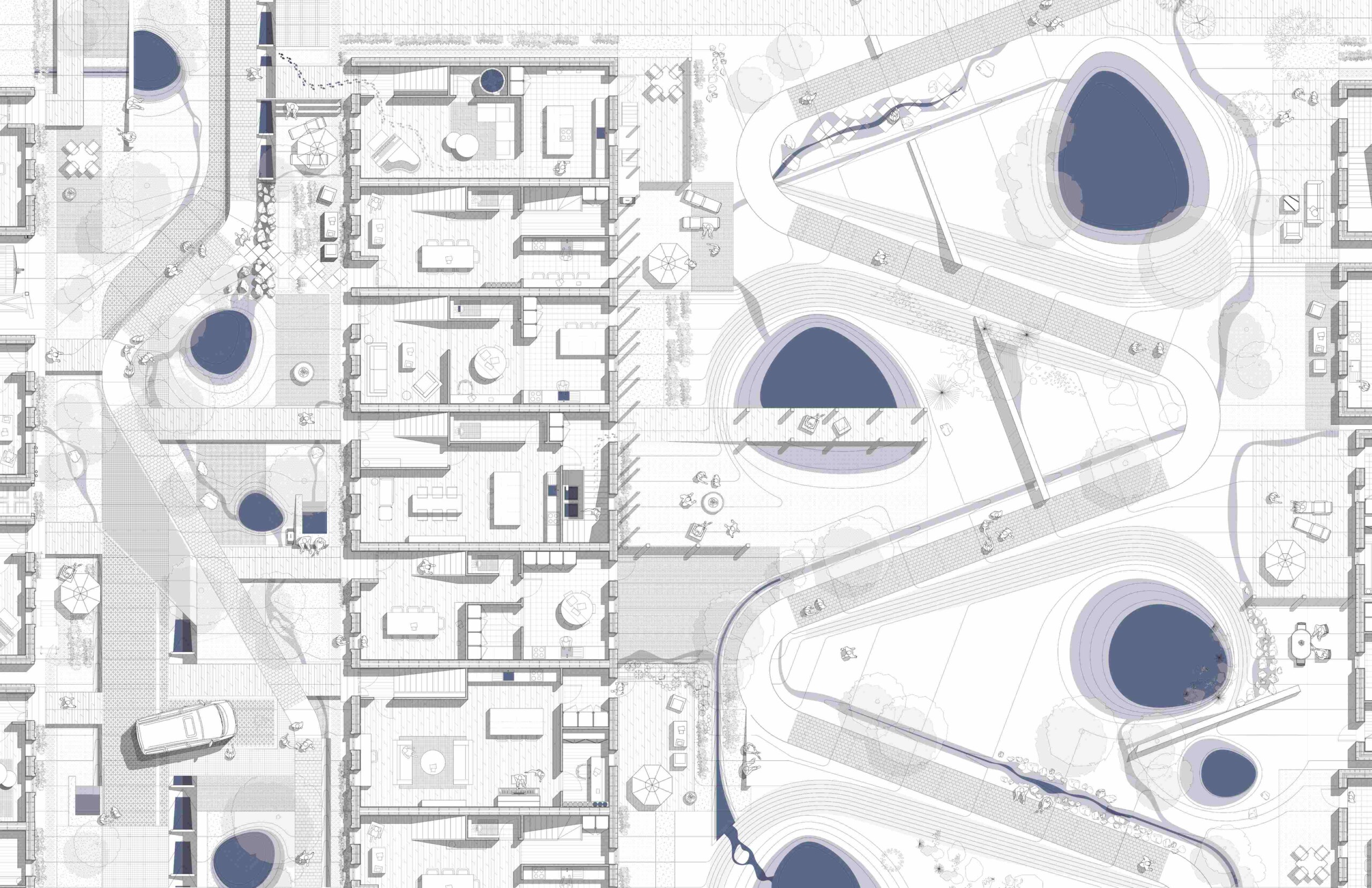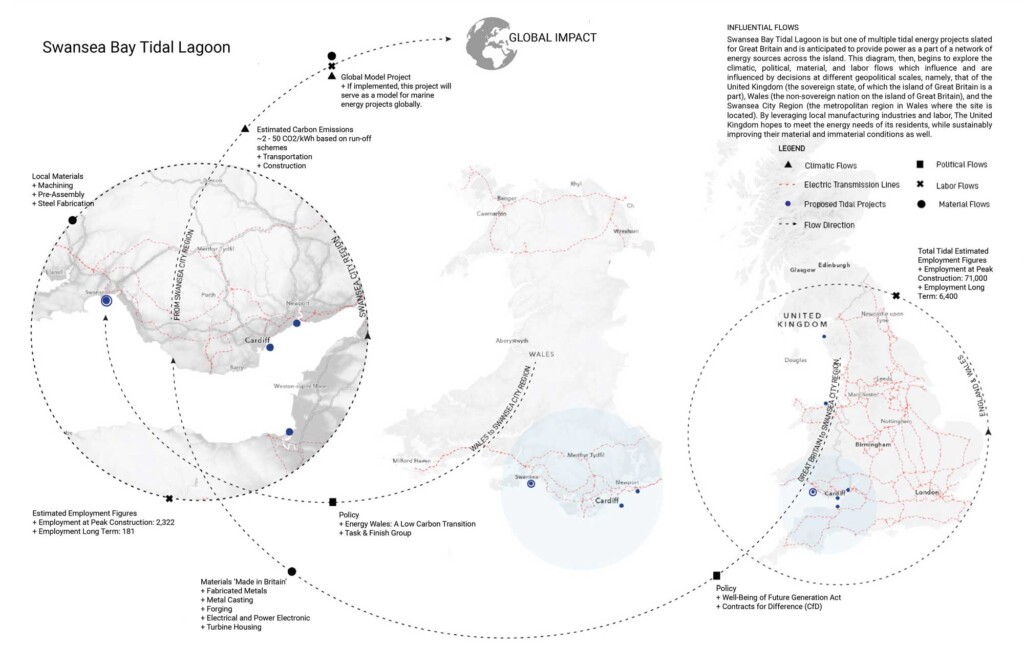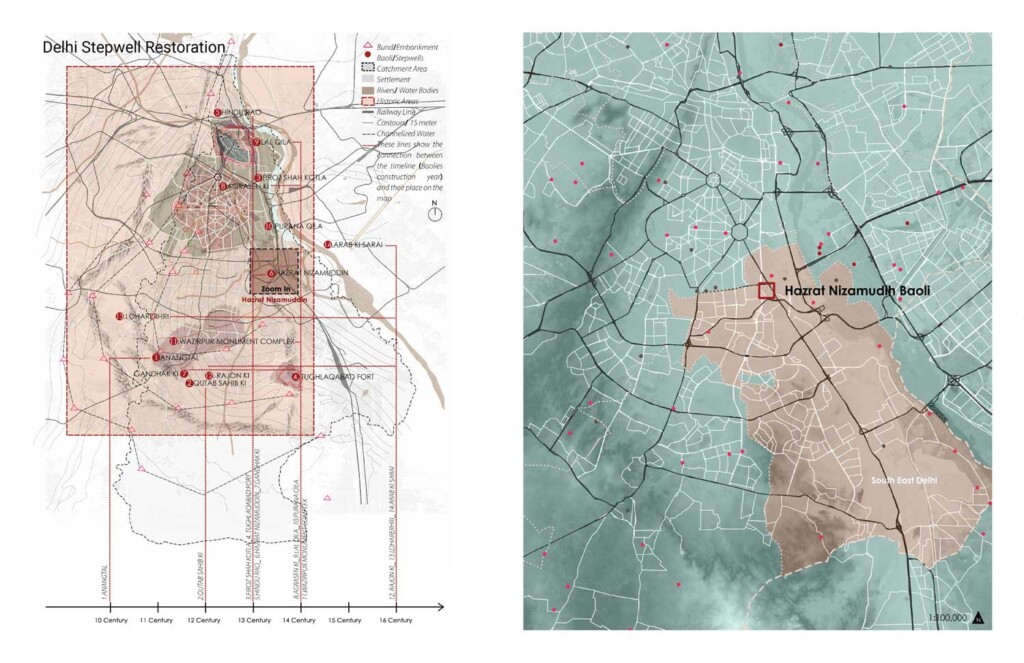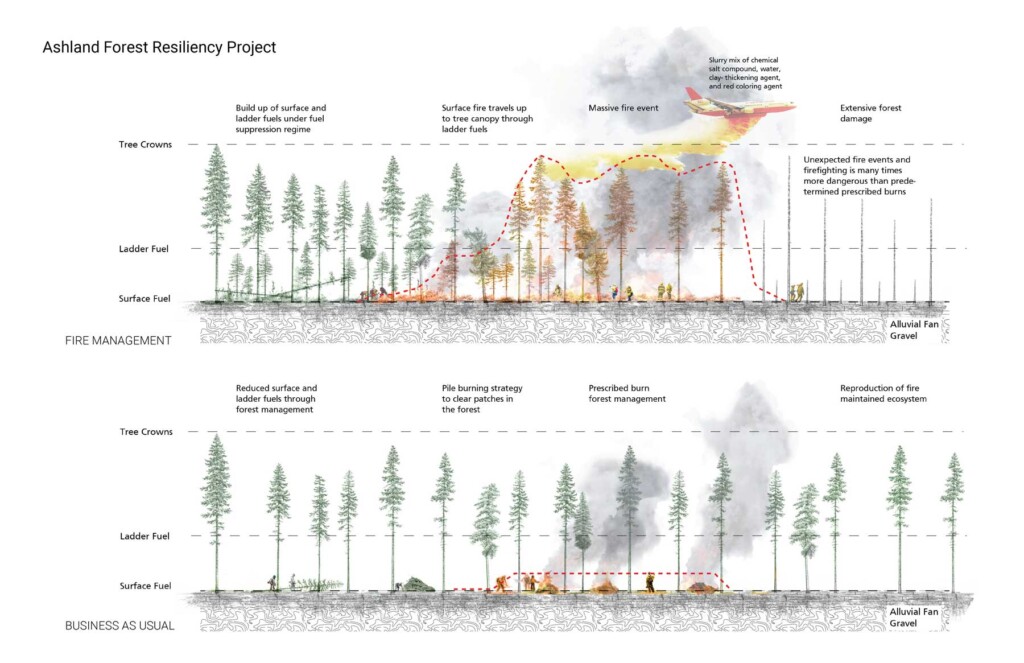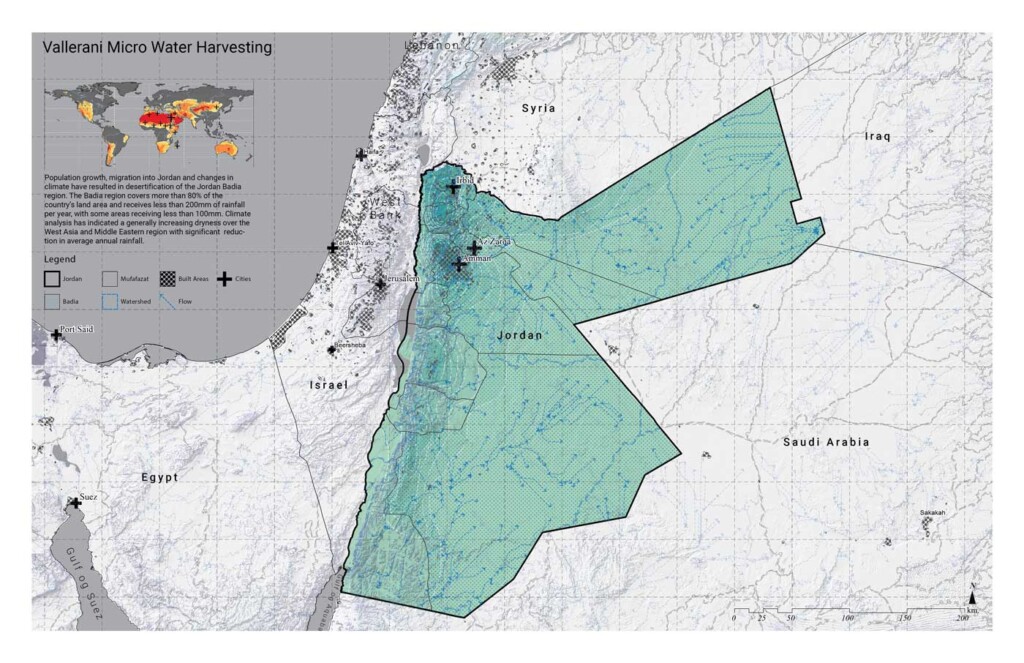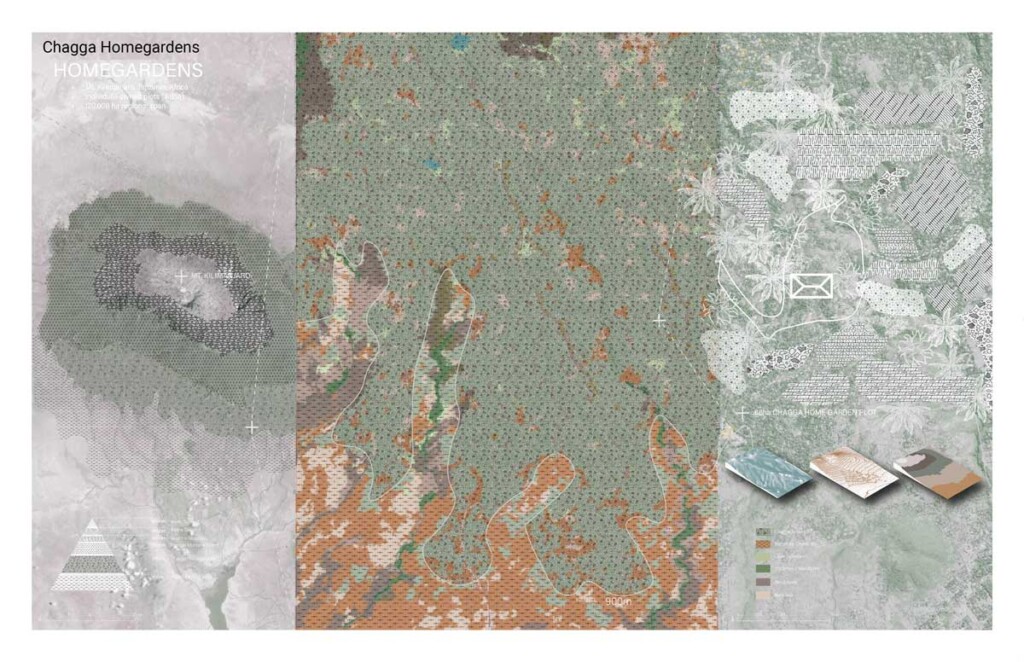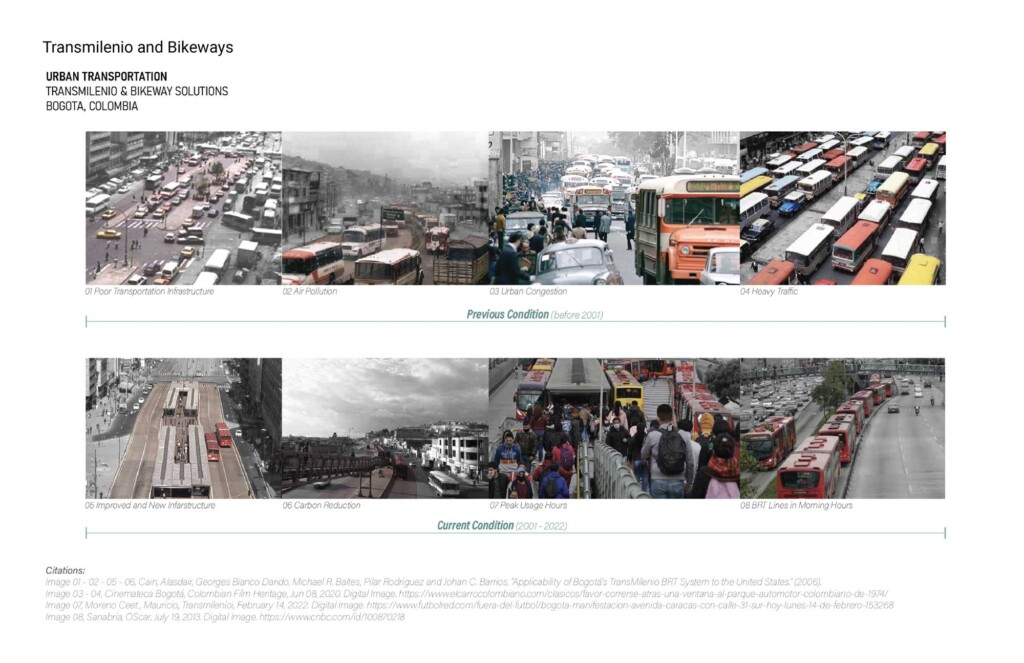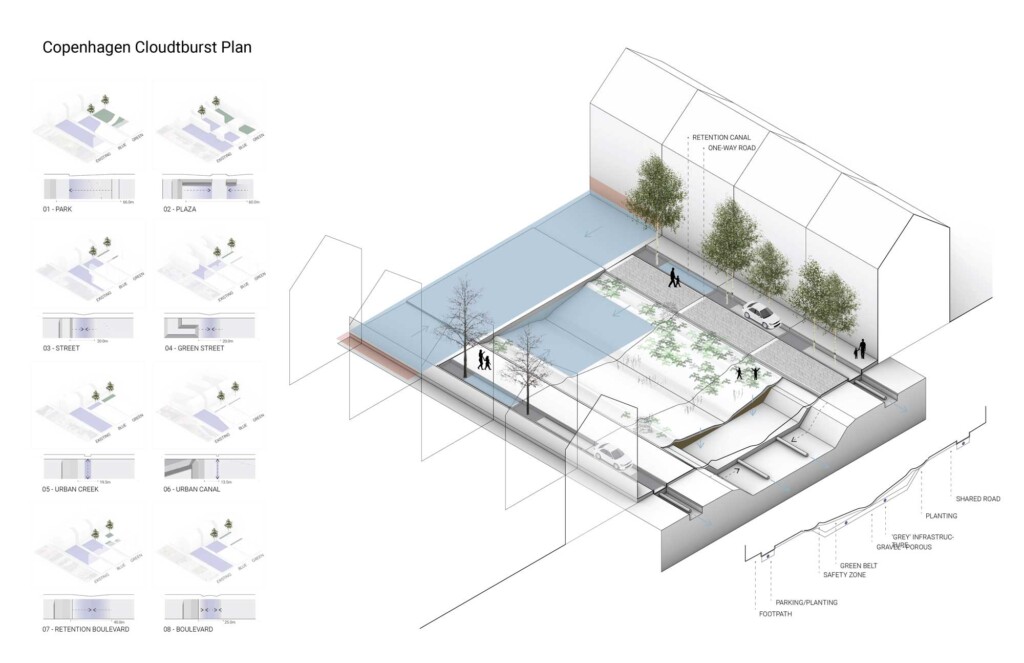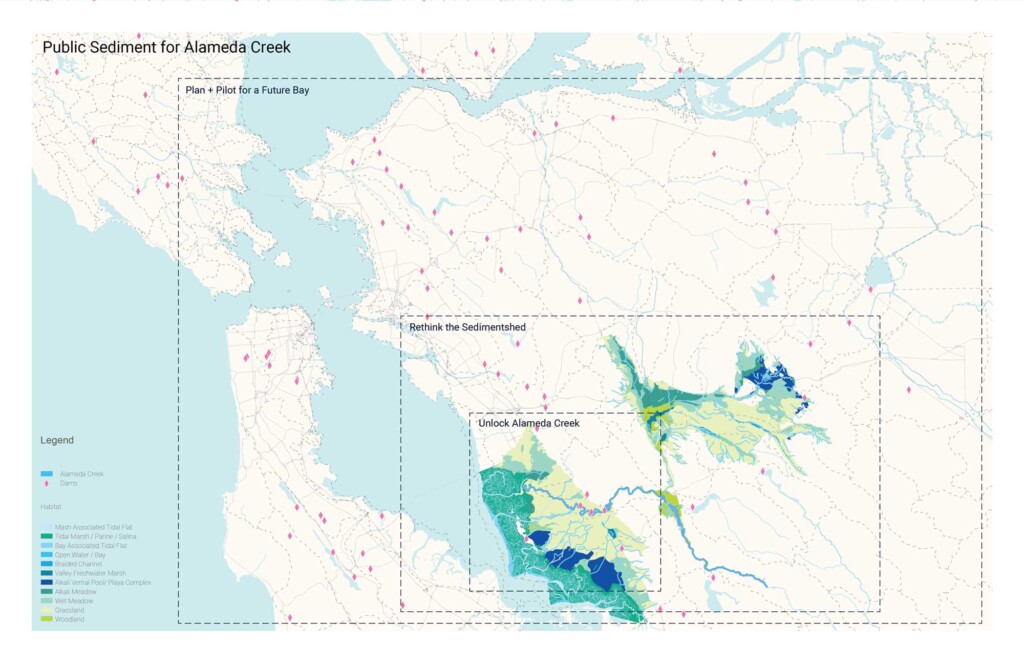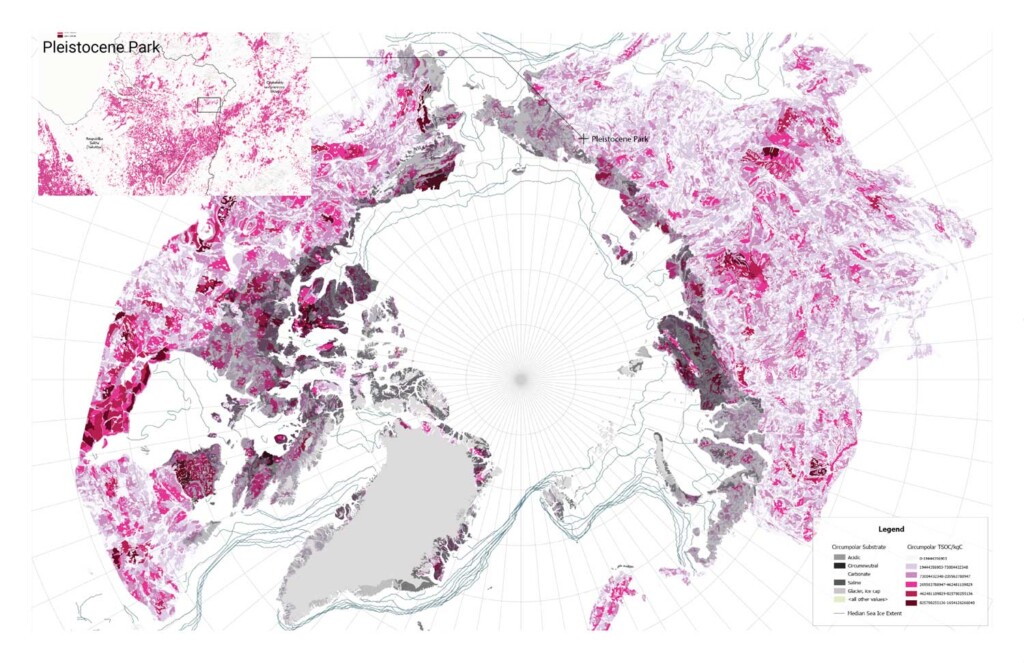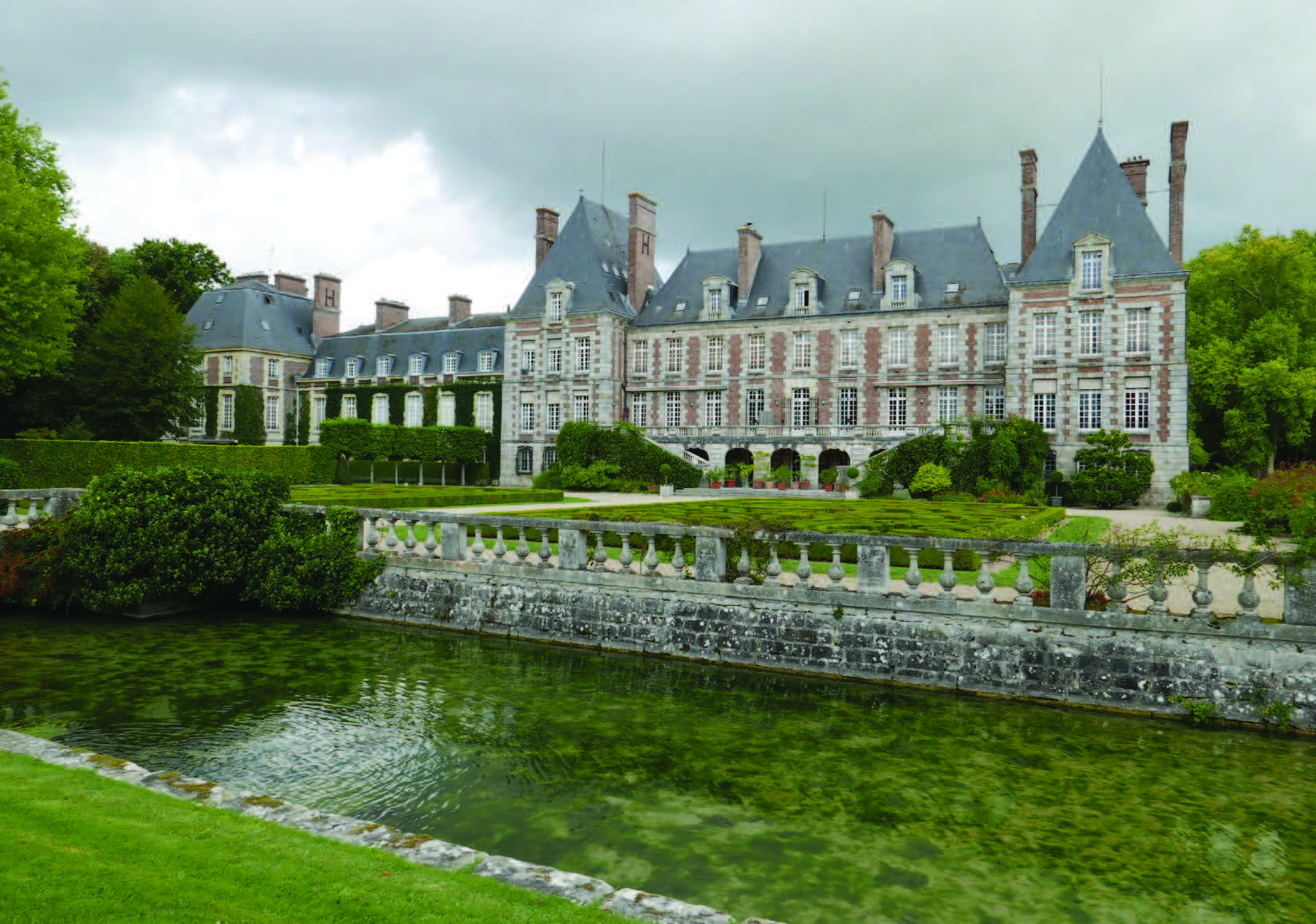Villa I Tatti Internship
About
Overview
The Villa I Tatti Internship is offered by the Department of Landscape Architecture in partnership with The Harvard University Center for Italian Renaissance Studies at Villa I Tatti . One graduate internship is available for eight weeks during June and July for a returning MLA student to reside at I Tatti, near Florence, Italy. The Harvard University Center for Italian Renaissance Studies, which is housed in historic buildings surrounded by a working farm and a 1909 garden by the architect Cecil Pinsent, is dedicated to the fruitful exchange of ideas and an atmosphere conducive to research and writing.
The research for this internship is divided into two parts. The first is working with the IT and horticultural staff at I Tatti to further document conditions in the garden that demonstrate vulnerabilities due to the climate crisis, primarily concerning extended drought and varied insect and fungal threats to plant vigor.
The second task is a research topic devised by the intern; applicants will propose a topic for study that is related to the gardens and farm but with projected outcomes related to their own academic trajectory. A GSD faculty advisor is required for this effort.
Eligibility
Returning MLA students in the Department of Landscape Architecture are invited to apply. Interns receive $5,000 to offset the cost of living and airfare. They are required to reside at I Tatti for a two month period from approximately June 1 through July 31 and are responsible for arranging their own travel. Housing is offered on the I Tatti estate. Interns are required to spend at least four full days a week at the Villa and to attend all academic events. Interns may not take on any other obligations, even part-time ones, during any part of their internship.
Application Instructions
For for deadline, selection criteria, project application, and deliverables information, please visit GSD Now.
Questions may be submitted to [email protected].
Selection Committee

Gary R. Hilderbrand
Chair of the Department of Landscape Architecture, Peter Louis Hornbeck Professor in Practice of Landscape Architecture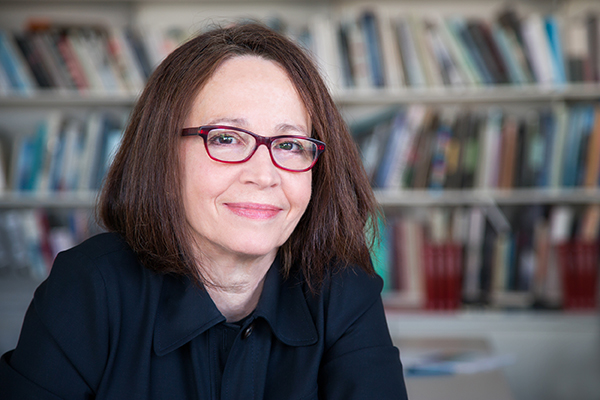
Anita Berrizbeitia
Professor of Landscape Architecture
Past Projects
Past recipient projects are listed below.
2025
Gemrisha Anantham (MLA I ’26): “The I Tatti Gardens as a Digital Twin: Archiving Histories and Simulating Potential Climate Futures”
2024
Caroline Brodeur (MLA I AP/ MUP ’27): “Preservation in a Changing Climate: Climate Resilience in the I Tatti Gardens”
Rebecca Hallowell
LAF Olmsted Scholars Program
Named for Frederick Law Olmsted, the Landscape Architecture Foundation (LAF) Olmsted Scholars Program recognizes one outstanding student from each accredited landscape architecture program in the U.S. and Canada, along with the jury-selected graduate and undergraduate national award winners and finalists. The LAF Olmsted Scholars Program recognizes and supports students with exceptional leadership potential who are using ideas, influence, communication, service, and leadership to advance sustainable design and foster human and societal benefits. Students are both honored for past achievements and recognized for their future potential to influence the landscape architecture discipline.
Each participating university may nominate one student from each of its LAAB or LAAC-accredited landscape architecture programs. Students do not apply directly.
This award is administered and awarded by LAF. The Department of Landscape Architecture nominates their student during an internal departmental selection process.
Find deadline and submission information.CELA Fountain Scholar Program
The CELA Fountain Scholar Program is an endowed annual award to acknowledge Black, Indigenous, and persons (students) of color in landscape architecture with exceptional leadership and design skills, and who use their skills and ideas to influence, communicate, lead, and advance design solutions for contemporary issues in a manner aligned with the original goals of Dr. Charles Fountain, a leader and educator at North Carolina A&T.
The program recognizes outstanding students nominated from each landscape architecture program from CELA member institutions. Students are both honored for past achievements and recognized for their future potential to influence the landscape architecture profession. Students recognized by their programs are eligible to be named as a Fountain Scholar and compete for a $2,000.00 scholarship.
This award is administered and awarded by CELA. Participating institutions nominate their students. The Department of Landscape Architecture nominates their student during an internal departmental selection process.
For deadline and submission information, please visit GSD Now.Briana King
Landscape Architecture in A Changing Climate
Case Studies
FEATURED COURSES ON CLIMATE CHANGE
Digital Design Prize
Established in 1974 by an anonymous donor, the Digital Design Prize (formerly named the Computer Graphics Prize) is presented by the Graduate School of Design to the student who has demonstrated the most creative and rigorous use of computation in relation to the design professions.
Recent recipients include:
- 2025: Paris Bezanis (MArch I ’25) for Resolution Grounds: Designing with the Fragmented Survey
- 2024: Henry Chung (MArch I AP ’24) for Relate, Relate, Relate: In the Age of Machine Learning
- 2023: Amelia Gan (MDes ’23) for Place-Time: From Waste to 3D CAD, or, Framework for geographical and temporally conscious design and Sonia Sobrino Ralston (MLA I AP ’23) for Uncommon Knowledge: Practices and Protocols for Environmental Information
- 2022: George Guida (MArch II ’22) for Multimodal Architecture: Applications of Language in a Machine Learning Aided Design Process
- 2021: Matthew Pugh (MArch II ’21) for Animated Spaces, Creature-Like Objects: Animistic Interactions With Smart Buildings + IOT Objects and Ana Gabriela Loayza Nolasco (MArch II ’21) for Center – Periphery: Encoding New Processes in Shenzhen’s Boundaries
- 2020: Gia Jung (MArch I ’20)
- 2019: Andrew Bako (MArch I AP ’19)
- 2018: Alexander Searle Porter (MArch I ’18)
- 2017: Manuel Martinez Alonso (MDes ’17) and Namju Lee (MDes ’17)
- 2016: Spyridon Ampanavos (MDes ’16, DDes ’21)
- 2015: Carlos Raspall Galli (DDes ’15)
Peter Rice Prize
Established in 1993 by Moshe Safdie and family, friends, and colleagues, in memory of Peter Rice, the Peter Rice Prize honors students of exceptional promise in the school’s architecture and advanced degree programs who have proven their competence and innovation in advancing architecture and structural engineering.
Peter Rice (1935-1992) was an Irish structural engineer who collaborated with some of the most talented architects of the late 20th century, including I. M. Pei, Renzo Piano, and Richard Rogers, on buildings that became icons of contemporary design, including the Sydney Opera House, Pompidou Centre, and Lloyd’s of London. He was renowned for his innate ability to act as both an engineer and designer, bringing a uniquely poetic feeling to his work.
Recent recipients include:
- 2025: Juan Fernandez Gonzalez (MArch I ’25) for The Weight of Rubble
- 2024: Clara He (MArch I ’24) for How to (un)build a house?
- 2023: Sujie Park (MArch I ’23) for Material Alchemy
- 2022: Hangsoo Jeong (MArch I ’22) for three projects
- 2021: Erin Linsey Hunt (MDes Tech ’21) and Yaxuan Liu (MArch I ’21) for NuBlock
- 2020: Peteris Lazovskis (MArch I ’20)
- 2019: Willem Bogardus (MArch I ’21) and Daniel Tish (DDes ’22)
- 2018: Spyridon Ampanavos (MDes ’16, DDes ’21) and Nicole Bakker (MDE ’18) and Peter Osborne (MDes ’19)
- 2016: Manuel Martinez Alonso (MDes ’17)
- 2015: Jeonghyun Kim (MArch II ’15)
- 2014: Juhun Lee (MDes ’14) and Ana Garcia Puyol (MDes ’14)
- 2013: Jose Luis Garcia del Castillo Lopez (MDes ’13, DDes ’19)
- 2012: Carlos Felix Raspall Galli (DDes ’15)
- 2011: Sandra Herrera Martinez (MArch II ’11)
Landscape Architecture Thesis Prize
This award is given to students who have presented exemplary thesis work in Landscape Architecture.
Recent recipients include:
- 24-25 Issam Azzam (MLA I/MUP), Cory Page (MLA I/MUP), & August Sklar (MLA I)
- 23-24 Crane Sarris (MLA I), Melanie Louterbach (MLA I), & Slide Kelly (MLA I AP)
- 22-23 Celina Abba (MLA I AP) & Enrique Cavelier (MLA I AP) [joint thesis], Sonia Sobrino Ralston (MLA I AP), & Kevin Robishaw (MLA I)
- 21-22 Lucy Humphreys Chebot (MLA I) & Liwei Shen (MLA I)
- 20-21 Joanne Li (MLA I) & Gracie Villa (MLA I)
- 19-20 Chelsea Kilburn (MLA I AP)
- 18-19 Emily Hicks (MLA I) & Melody Stein (MLA I) [joint thesis]
- 17-18 Ernest Haines (MLA I)
- 17-18 Seok Min Yeo (MLA I AP)
GSD-Courances Design Residency Program
About
Overview
The GSD-Courances Design Residency Program is fully funded through the Penny White Project Fund and the generous support of the Château de Courances. The program affords students the chance to spend six weeks living and working in the certified organic farm, gardens, and park at the Château de Courances, a sixteenth-century estate located in the Île-de-France, fifty kilometers south of Paris. The residency will expose students to new modes of thought, discourse, and engagement on such topics as sustainable land management, agriculture, conservation, stories of place, and the role of historic sites in contemporary society.
The structure of the residency is fundamentally hands-on. Students will work directly alongside farmers and landscaping crews, learning land management techniques and practices through direct experience. Students will also pursue an independent project or research topic depending on their own personal interests and explorations.
Two positions will be offered each year. The duration of the residency will be for six weeks from approximately the beginning of June to the middle of July. Project proposals open in the mid Fall semester and are due in the late Fall. Shortlisted candidates will be interviewed as part of the application process. Winners are notified by Winter Break and are announced publicly with the Penny White Project Fund awardees in mid Spring.
Eligibility
All students enrolled in the Harvard Graduate School of Design are eligible to submit project proposals that address the objectives of the GSD-Courances program. Although all GSD students are eligible, it is expected that preference will be given to students in the Department of Landscape Architecture. The Committee looks favorably upon collaboration between students in Landscape Architecture with other design disciplines.
Students may work individually or in teams, and in conjunction with or independently from their coursework.
The program welcomes projects that promote research at the intersection of systemic inequity and social and environmental justice, and that focus on the advancement of the political agency of landscape architecture as an activist, collaborative, and participatory practice.
Application Instructions
For for deadline, selection criteria, project application, and deliverables information, please visit GSD Now.
Questions may be submitted to [email protected].
Selection Committee
Committee Chair

Anita Berrizbeitia
Professor of Landscape Architecture
Past Projects
Past recipient projects are listed below. To review completed projects, please contact the Loeb Library Archives.
2017
Sophie Geller (MLA I ’17)
2018
Mariel Collard (MLA I AP/ MDES ’19)
Juan Davide Grisales (MLA I AP/ MDES ’21)
2019
Yoni Angelo Carnice (MLA I ’20), “The World Was My Garden: The GSD-Courances Design Residency”
Michael Cafiero (MLA I AP ’20), “I. Regenerative Connections”
2020
Caroline Craddock (MLA I ’21), “Balancing Historic Conservation and Climatic Adaptation at the Chateau de Courances”
Dominic Riolo (MLA I ’21), “Courances as Sustaining, Proto-Modernist Garden”
2021-22
Award not offered
2023
Anne Field (MLA I ’25), “Field to Forest”
2024
Garrett Craig-Lucas (MLA II ’25), “Currents: Documenting Connections Between Perception, Movement, and Water Flow in Courances”
Jie Zheng (MLA I ’24), “Whispers of Flow: An Ecology Odyssey Through the Water of Courances”
2025
Mara Basich-Pease (MLA I ’27), “Sensing Scent-Scapes”
Valentine Geze (MDES ’26), “Deposits of Memory: Sediment and Hydrology in the Courances Landscape”
Noam Baharav (MLA I ’27), “Garden:Farm”
